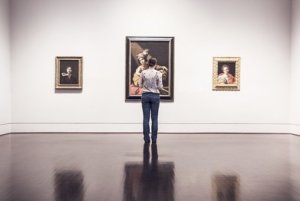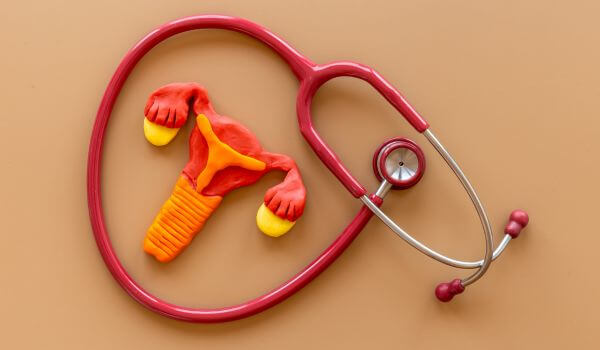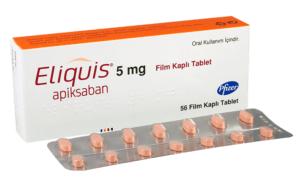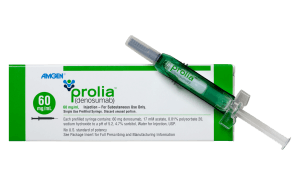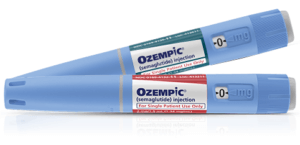The study of Art has often been thought of as the polar opposite to science and math studies. One is creative and based on visuals and emotions and the other statistical, factual and based on research. The two fields are generally not offered together in academic settings. What is being revealed in recent years is that the study of art can provide doctors and students with complementary tools and skills that can enhance their medical practice.
In all professional fields there is the concern of burnout or becoming fixated on the tasks at hand and therefore missing the emotional component of the work. Lawyers study law to make the world more just, police officers want to make the world a better place and doctors want to cure people – but with the stress of the job and daily life, this inspiration sometimes get lost. When speaking about doctors specifically, it is easy to lose sight of the aim and feel empathy. (https://thebiem.com) Maybe it’s even become too hard to feel so empathetic all the time and they’ve simply pushed those feelings to the side in order to cope better. This leads to poor bedside manner and potentially less accurate diagnoses.
More and more professors are speaking out that having a strictly scientific background isn’t the only way to enter the field of medicine. Dr. Salvatore Mangione, Associate Professor of Medicine at Thomas Jefferson University, is of the thought that artistic thought can help students become better and more successful doctors.Medical students at the University of Texas are being encouraged to study fine arts in order to get in touch with their feelings and emotions.
Lisa Wong, a pediatrician and co-director of the Arts and Humanities Initiative at Harvard Medical School(HMS), agrees that medicine and art are not far from each other but are actually “all part of one continuum.” Indeed many students who choose to study medicine are reluctant to leave their passion for art behind – but now maybe they can embrace both freely, and it will even be beneficial.
Studying art puts students and doctors in a position where they’re no longer the experts in this field of study, but they do have the ability to think and talk together. Challenging students to understand pieces of art and to get into the minds of the artist and then connecting the piece to their own lives, enables them to introspect allow emotions to rise to the surface.
According to Dr. Caroline Wellbery, co-author of a research paper on the role of arts education in medicine, taking courses in arts can help doctors to hone their clinical skills. Analyzing art, studying the light and shadow in paintings, can help doctors gain awareness in different ways of seeing. This skill can be extremely helpful when it comes to making a diagnosis. For example, a doctor may notice that a patient with digestive problems is expressing signs of stress through their facial expressions and can therefore determine the degree of pain and note the signs of fatigue and stress on the patient’s face.Better diagnosis means that more accurate prescription medication can be given too, better helping patients and making the system more efficient.
It is difficult to measure the rate of success of studying art together with medicine, but Wellbery insists that art courses should be mandatory in medicine schools. More and more medicine schools are offering their students art courses and there have been many positive experiences so far. Let’s hope that more doctors will be able to gain access to this initiative and that it will enable them to be more present with their patients and remember why they signed up for the job to begin with.

